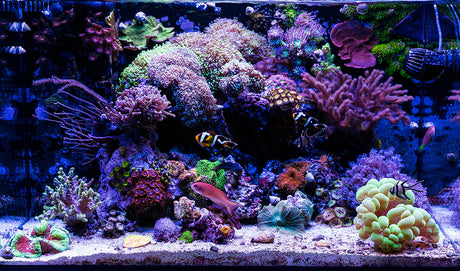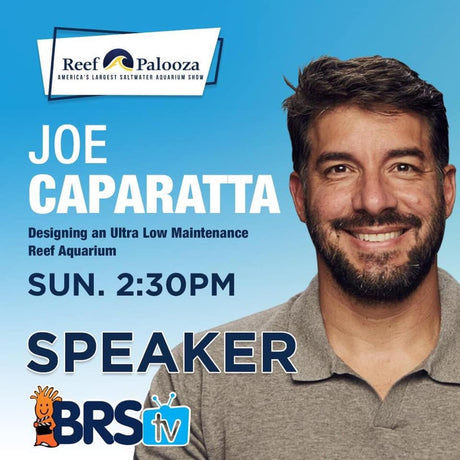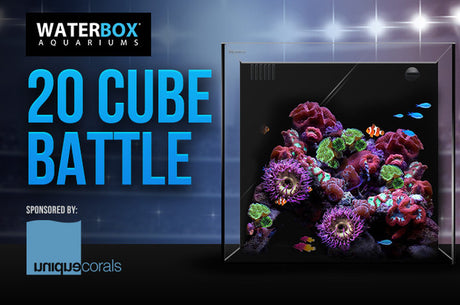
Corals 101
By Toni Nancy Xiong
Whether you’re new to reef-keeping, considering starting your own reef tank, or just finished cycling your tank, you'll end up wondering, “What corals should I get? It is easy to get a...
Read moreGreat Deals on your weekly shop Shop Now

By Toni Nancy Xiong
Whether you’re new to reef-keeping, considering starting your own reef tank, or just finished cycling your tank, you'll end up wondering, “What corals should I get? It is easy to get a...
Read more
By Toni Nancy Xiong
"Hello fellow reefers and hobbyists, we will highlight some home Triton tanks from around the world in the coming weeks. To kick off this series, we are excited to introduce...
Read more
By Toni Nancy Xiong
Ever wondered why some people can have a super enjoyable reefing experience, while others huff and puff, and labor through it all? The process makes all the difference! Joe is...
Read more
By Toni Nan Xiong
Be sure to watch Friday May 10th! When special UC corals especially curated for each champion will go into the tanks! Tune in at 9am Pacific Time, or 12 noon...
Read more
By Toni Xlong
Recently there was a thread on Reef2reef where reefers were debating the merits of each type of rock and more specifically the issue of Dinos. Joe chimed in and...
Read more